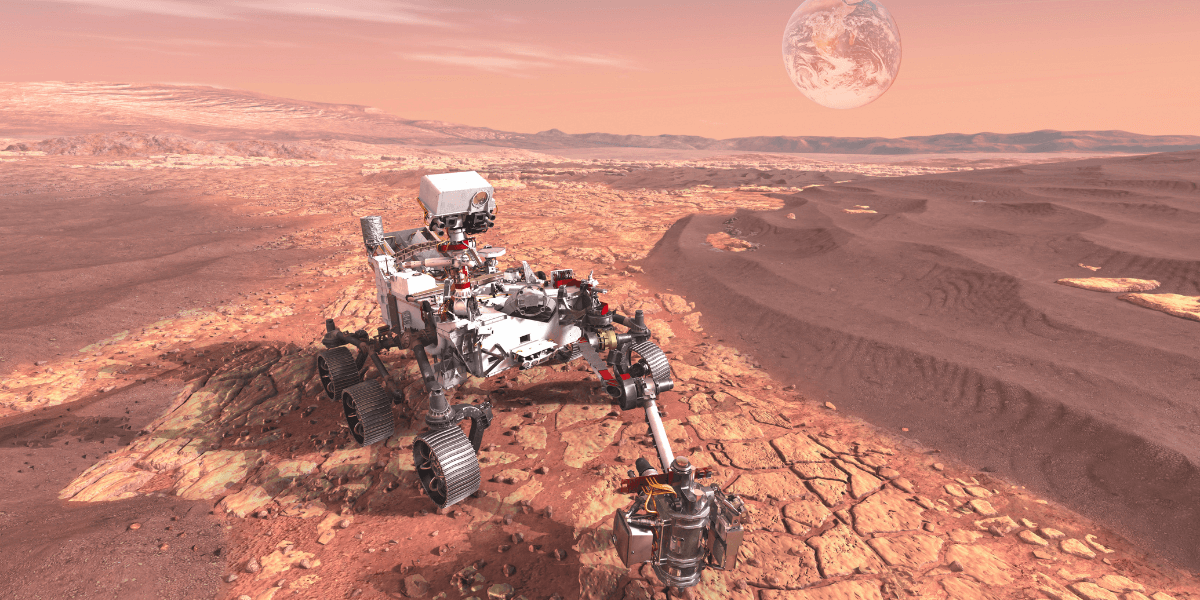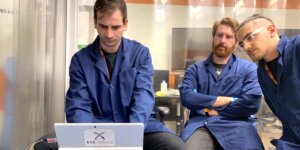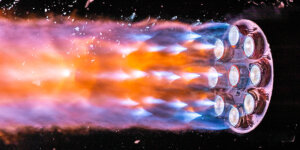
Photo credit: Roman Budnyi
A rover is speeding towards the surface of Mars and it needs to fire off rocket-assisted motors to slow it down, stat! The problem is, if something goes wrong between the atmosphere of Mars and its surface, there’s no time to send a message back to Earth, reset the processor, go through diagnostics, etc. If the rover could perform substantial local artificial intelligence calculations it could save itself, but that level of computing power is currently not available in space.
Scenarios like this are why the next generation of spaceflight computers will have significantly more computing power. In fact, NASA is developing processors that will have 100 times the current computational capacity. And researchers at USC Information Sciences Institute (ISI), a research center of the Viterbi School of Engineering, are developing an innovative way to protect those future processors from the effects of space.
Cosmic Radiation
“When you put something in space, it gets bombarded with high energy protons and cosmic effects that upset the device. It can cause bits to go from zero to one and one to zero,” said J.P. Walters, Research Director at ISI. “Things will crash, add up to the wrong value, or the machine will just shut down.”
In order for computing systems to be reliable in space they need to be rad-hard, which means they’ve been made resistant to radiation. And they also need to be fault tolerant, which means they are able to continue working in the event of failure of a component.
The ISI team is developing software that will make future space computing more reliable, by adapting to mission needs.
Flexible and Adaptable
The next generation space processor will be a multi-core processor. Cores can be used for computing, but they can also be used for fault tolerance. The ISI software will allow users to decide where to devote the resources.
Walters explained, “The processor will have some baseline radiation tolerance. But then, as it goes into different orbits, or to different planets, all with different radiation environments, you’ll have a bit of a choice. If I know I’m going to be flying in a highly radioactive environment, I want to start devoting some of these resources to fault tolerance.”
He described the trade-offs that come with these decisions: “Do you want to build a device that’s just as rad-hard as you could possibly make it? That doesn’t come for free and now you likely have slower devices.” Walters continued, “Or maybe this is an entry descent and landing operation on the surface of Mars and you want to devote four cores just to performing the same computation redundantly, that’s what our fault tolerance library is going to enable.”
These are all decisions that cannot be made with the current space computing processing systems.
A Future Where Mars Rovers Save Themselves
With this level of computing power, made available and reliable thanks to the flexibility of the cores, the Mars rover mentioned earlier should be able to have capabilities far beyond what is currently available, and will kick on its rockets for a safe landing. Mission accomplished!
Walters said of the project, “It’s exciting to develop a game-changing fault tolerance solution that will help shape the next generation of space missions.”
Published on July 5th, 2023
Last updated on July 5th, 2023













